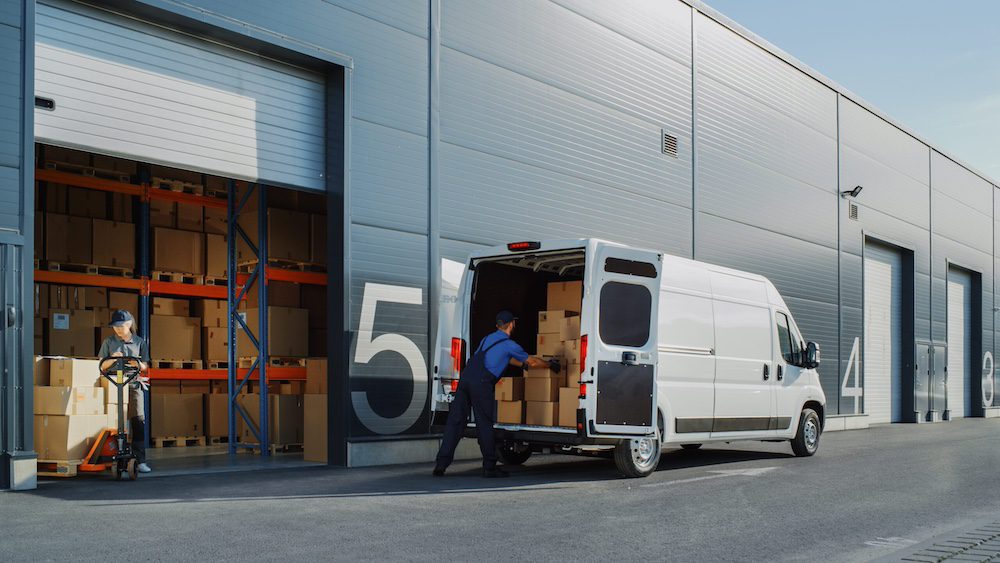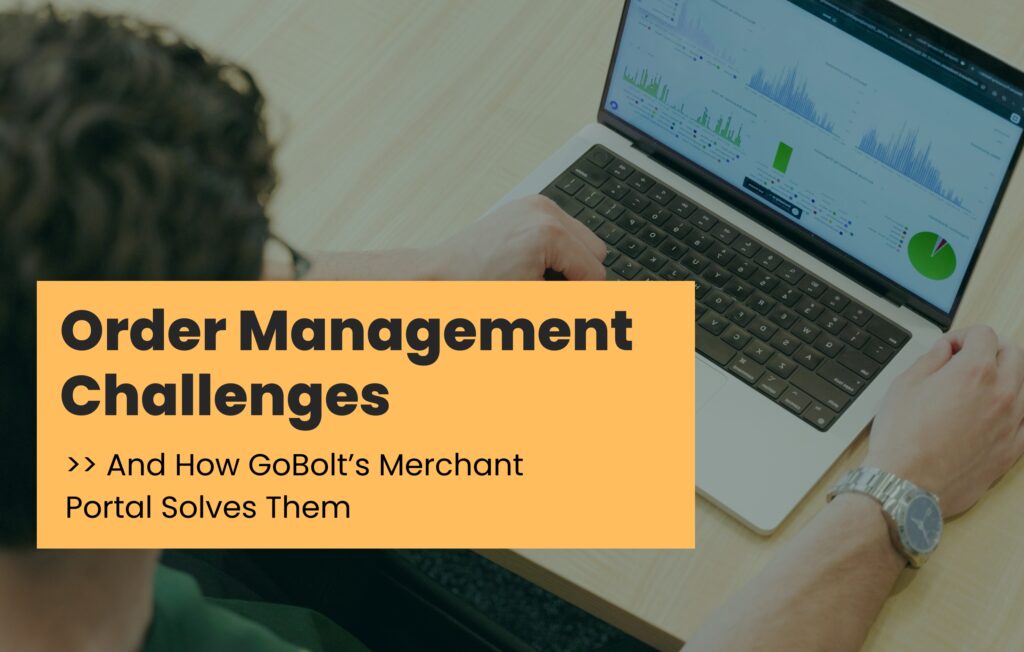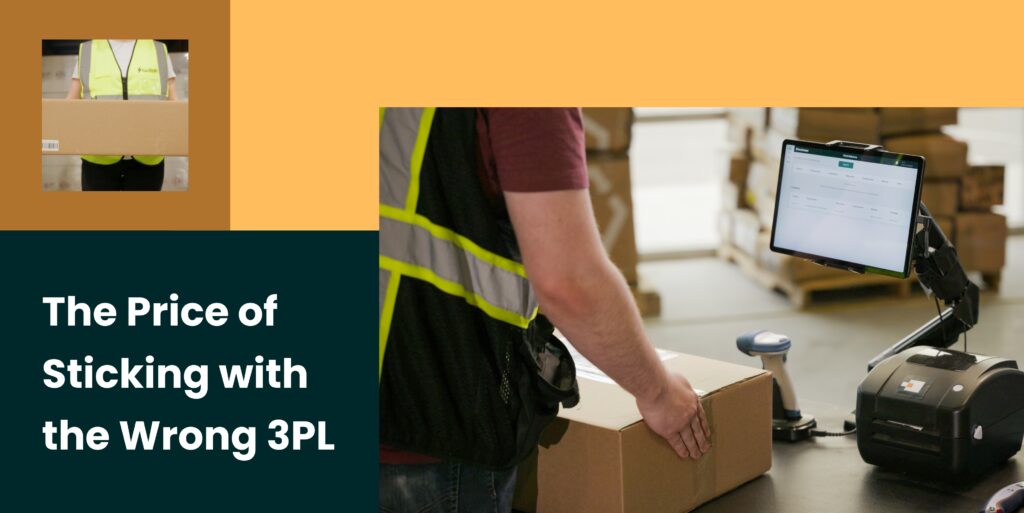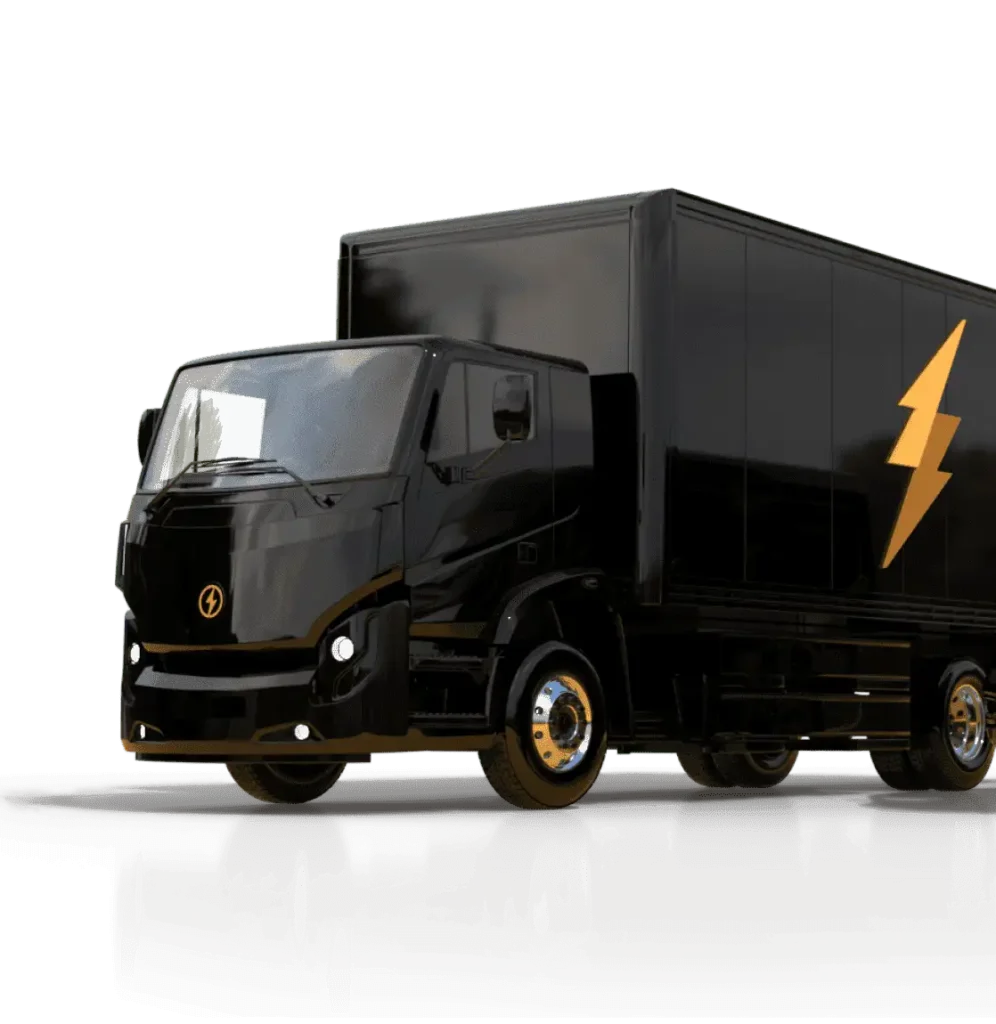At this time of year, there are inevitably a lot of headlines dedicated to preparing for the busy peak season (and for good reason). Peak season is a stressful time both for brands, who are using third-party shipping, and their shoppers, who are counting on their holiday orders to arrive on time.
To add to the tension, 2023’s holiday shopping season is predicted to be even busier than usual, with an anticipated 4.5% growth in peak season sales. While this means you may need to lean a little harder on your 3PL shipping partner over the next little while, the truth is you need a partner who can keep pace with your needs all year round, not just during peak season.
Keep reading to discover the top questions you should be asking to ensure you continually get the most value from your third-party shipping partner.
What is third-party shipping?
Third-party shipping is the act of outsourcing your customer order fulfillment and delivery to an external team of experts. A qualified 3PL (third-party logistics) partner can take care of a continuum of needs, including warehousing inventory, order fulfillment, shipping, and last mile delivery.
A strong third-party shipping partner combines their deep supply chain logistics expertise with a solid understanding of your unique business to ultimately lighten the load for your internal teams. Shipping 3rd party also eliminates unnecessary overhead, so you can embrace agility and adjust your spend to accommodate both peak periods and quieter times.
5 ways to get the most from your third-party shipping partner. (Plus one bonus!)
When you’re researching 3PL shipping partners they can all start to look and sound the same. So, how do you separate the hypeful from the helpful?
Here are a few key areas you should explore to make sure you’re getting the most value out of the relationship.
1. Ask about their fulfillment center network
It’s important to understand where your third-party shipping partner’s fulfillment centers and delivery hubs are located as the answer will affect your overall shipping times and costs. A network of strategically placed nodes will offer the flexibility to store inventory in locations that are closest to your shoppers.
Here are some questions to think about:
-
- Where are their facilities located? How many square feet of warehouse space do they have access to, and can they flex up during busy periods?
-
- Can they guarantee storage space each month?
-
- Do they own and operate their warehouse space or work with third-party fulfillment centers?
-
- How secure are their warehouses? What safeguards do they have in place to protect your inventory and data from damage and theft?
- How secure are their warehouses? What safeguards do they have in place to protect your inventory and data from damage and theft?
2. Make sure they offer the services your brand actually needs
Are you looking for basic pick, pack, and ship or do you need access to additional value-added services? It’s important to have these conversations up front with your third-party shipping partner so there are no surprises down the road. It’s also critical to dig into the costs associated with the different services.
Here are some questions to think about:
-
- Do they deliver seven days a week?
-
- Is same-day or next-day shipping an option? Shipping 3rd party with these options requires a strong network, but your service level agreement (SLA) also needs to spell out how quickly orders get shipped and delivered).
-
- Do they offer customers choice of delivery (think: curbside, threshold, room of choice, white glove)
-
- Do they specialize in fulfillment for any particular verticals?
-
- Can they accommodate custom packaging options, like custom inserts or use of sustainable materials?
-
- Do they offer reverse logistics services for efficient returns?
-
- Will their platform integrate seamlessly with your existing technology and processes? If it doesn’t automatically, can they do a custom integration and at what cost? Make sure to ask for a demo so you better understand the workflows between your tech stacks.
- Will their platform integrate seamlessly with your existing technology and processes? If it doesn’t automatically, can they do a custom integration and at what cost? Make sure to ask for a demo so you better understand the workflows between your tech stacks.
3. Dig into whether they sweat the small stuff
The estimated cost of a mis-pick is $50 to $75, which means unnecessary errors can quickly add up – not to mention the negative hit to your brand perception when a shopper opens their package to discover contents are missing or not what they ordered.
Quality control lives and dies in the details. Wherever possible, plan to tour a potential third-party shipping partner’s facility to get an up-close look at their operations. You’ll want to explore how they receive and store inventory and what safeguards are in place to ensure picking and packing accuracy.
Here are a couple of questions to think about:
-
- Do they organize and store your inventory in a way that improves picking accuracy and efficiency?
-
- How do they handle errors? Can they share what a corrective action plan might look like with you?
- How do they handle errors? Can they share what a corrective action plan might look like with you?
4. Seek out transparency
If you want to drive down operational costs and increase margins you need to understand where your money is going and if there is room for improvement. Your 3PL shipping partner is troubleshooting all day long. There should be an open flow of communication between the two of you so you’re never in the dark. They need to take time to understand your needs so they can proactively bring solutions to the table to optimize performance.
Here are some questions to think about:
-
- Does their pricing contain hidden fees? They should be willing to provide a complete understanding of the costs for receiving, storing, picking, packing, and shipping your goods.
-
- Can they provide real-time inventory updates? Is there a self-serve option?
-
- What about proof of delivery? How will your team know for sure that packages are getting where they need to be and on time?
-
- Do you have to go through layers of people to get answers when there’s a warehouse issue? Or can you speak directly with a human who’s onsite and has eyes on the operation?
-
- What does the process of escalation look like?
- What does the process of escalation look like?
5. Do they have a track record of treating shoppers right?
When you’re shipping 3rd party, the impression your delivery partner leaves is the impression your brand leaves. In a world where people can use their phones to track a delivery driver bringing food to their front door, they expect to know when their packages will show up and if there is a delay. This expectation gets even more salient during the peak holiday period, when 45% of consumers worry about orders not arriving on time and 94% say they expect companies to inform them about delays before they have to ask.
A third-party shipping partner whose order management and tracking provides shoppers with updates on delivery timelines reduces the burden on your own support resources. Shorter delivery windows and a real-time tracking app go a long way towards easing end-shopper anxiety and reducing the administrative burden on all ends.
Here are some questions to think about:
-
- Are they willing to let you speak with current brands they are working with?
-
- Make time to go a layer deeper and check their online reviews. This is where the end shoppers – your future shoppers – are weighing in on the last mile delivery experience.
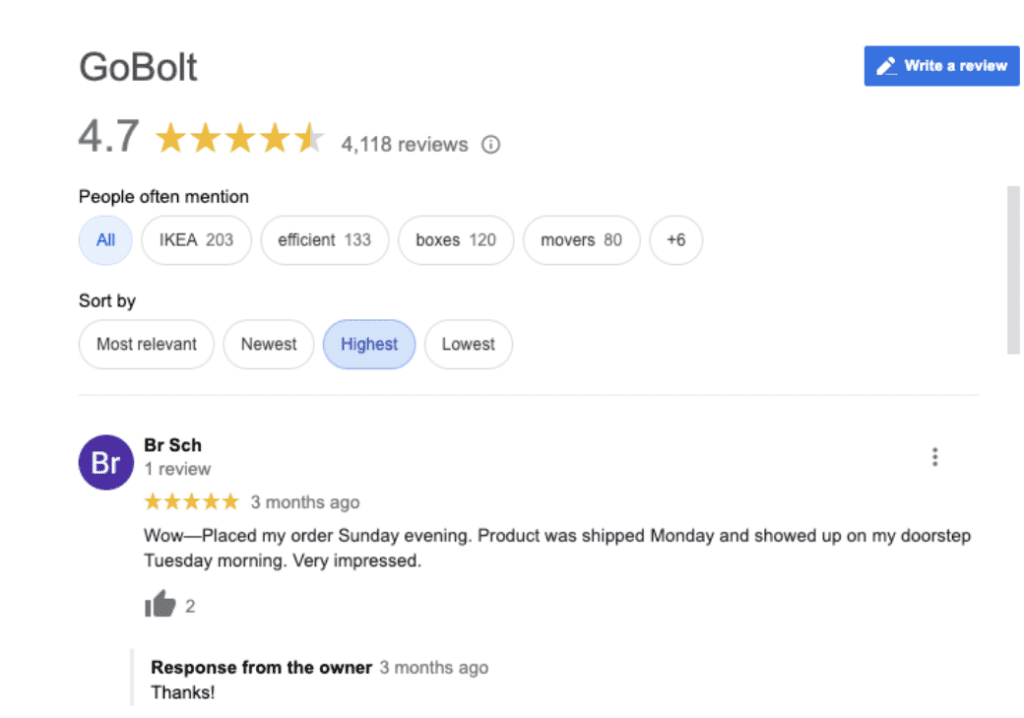
-
- How do they deal with shopper complaints about things like delayed shipments, the wrong products being shipped or missing inventory in their shipments?
-
- Do they employ their own fleet of drivers or are they contracted? GoBolt has an employee-first strategy for all warehouse and transportation teams.
Bonus: Do their values align with yours?
As the conversation around climate change and sustainability continues to evolve, brands who are listening closely know that consumers are willing to spend more for brands with stronger sustainability initiatives. It’s no secret that logistics is a big source of carbon emissions. If sustainability is a key value for your brand, there are 3PL shipping companies that share your mindset. For example, GoBolt offers a fleet of EVs and carbon neutral first-party delivery options for packages of all sizes.
At the end of the day, there are a multitude of reasons why you might choose to work with a particular third-party shipping partner. By prioritizing your wish list into non-negotiables vs nice-to-haves, you’ll clearly see how their capabilities line up against your criteria.
Relationships work best when you’re on the same page
With 90% of Fortune 500 companies using 3PL shipping partners, the demands on fulfillment and shipping experts are intense. By entering into a relationship with a third-party shipping partner you’re trusting them to take care of your inventory and get your shoppers’ orders to them quickly and accurately. Essentially, you’re inviting them to be a brand ambassador and the stakes are high.
You wouldn’t jump into a long-term relationship without spending time getting to know the other person first. It’s a sound business strategy to make sure you put the same due diligence into choosing your third-party shipping and fulfillment partner.
Want to explore if GoBolt is the right 3PL partner for you? We’d love to answer all your questions! Reach out to schedule your 1:1 chat and learn how we can simplify your logistics – from fulfillment through the final mile.


